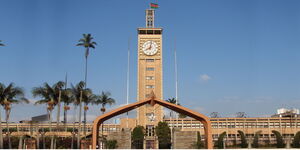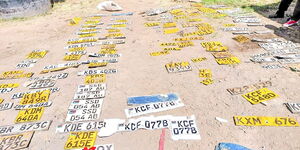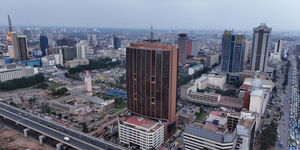Kenyans seeking to visit various parks across the country will have to part with more money after the Kenya Wildlife Service (KWS) announced plans to increase park fees under the draft Wildlife Conservation and Management (Access and Conservation Fees) Regulations, 2025.
The proposed changes, informed by elasticity modelling and marginal revenue analysis, are expected to impact not only Kenyans but also international visitors.
For non-residents, who exhibit low sensitivity to price changes, KWS is recommending a 50–60 per cent increase in park fees.
Currently, entry to premium parks like Amboseli and Lake Nakuru costs Ksh7,770($60) and is expected to increase to approximately Ksh12,423.
Wilderness parks such as Tsavo East and West, currently priced at Ksh6,700 ($52), would rise to approximately Ksh10,748 if the proposed 60 per cent increase is implemented.
For citizens who are more price-sensitive, a cap of a 50 per cent increase has been advised. Entry to Nairobi National Park, currently Ksh430, would rise to Ksh645, while Amboseli and Lake Nakuru would increase from Ksh860 to Ksh1,290.
The most efficient revenue gain occurs at a 15 per cent increase, suggesting that KWS may need to stagger the adjustments or offer targeted discounts to schools and families.
KWS is seeking to implement the overhaul to close a Ksh12 billion annual funding gap, which has hindered conservation efforts and infrastructure upgrades.
The agency currently generates Ksh7.41 billion from park fees, but projections show this could rise to Ksh16.58 billion by 2028 under the new pricing model.
''Assuming the recommended pricing adjustments are implemented, the projected total park fee revenue for KWS is expected to grow from Ksh7.41 billion in 2024 to Ksh16.58 billion by 2028. These projections are based solely on park entry fees and reflect anticipated trends in visitation and spending behaviour under the proposed pricing framework,'' the regulation document reads in part.
KWS says that, if approved, this will be the first comprehensive review of conservation fees in 18 years, a long-overdue move that reflects current conservation realities and the urgent need for sustainable financing.
To implement the regulations, KWS will undertake several administrative and compliance measures, including system upgrades, staff training, stakeholder engagement, and public communication, among other initiatives.
KWS already anticipates a 5 per cent decrease in visitor numbers due to the fee increase. To cushion this impact, the agency plans to enhance marketing efforts, improve park offerings, and introduce incentives for the sector.

Kenya Kwanza MP Dies, Speaker Wetang'ula Confirms Breaking News











